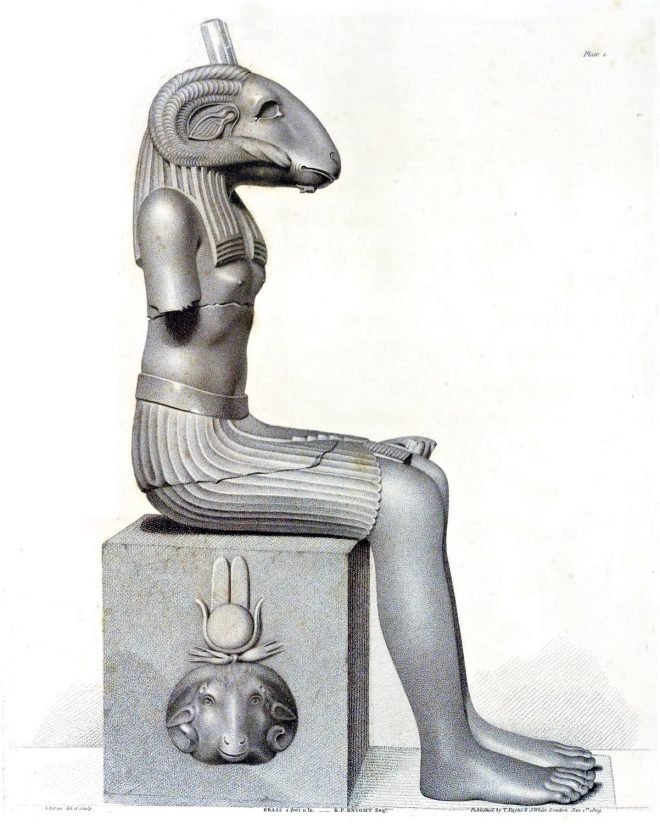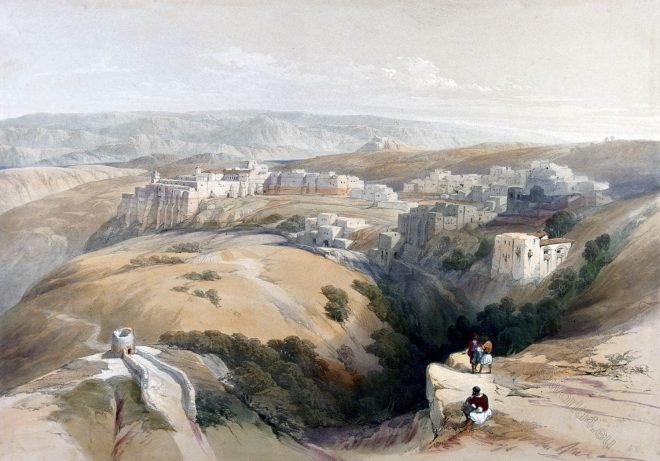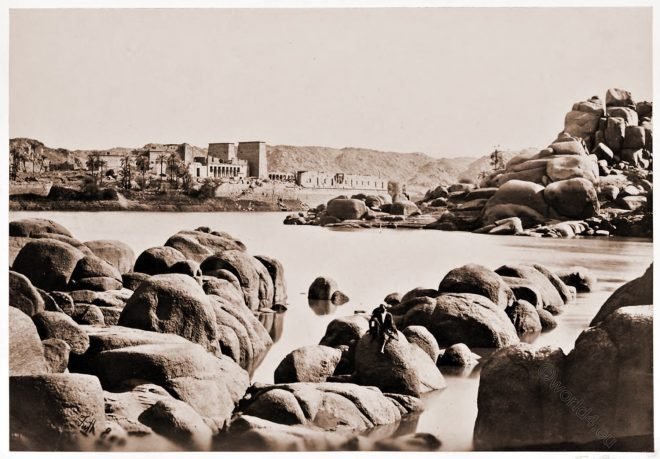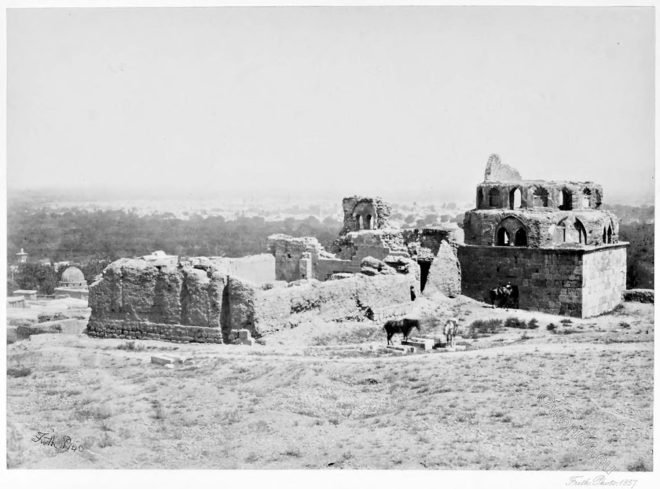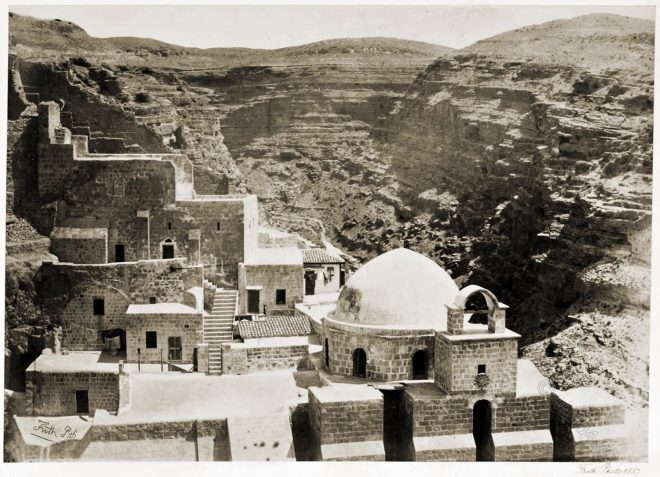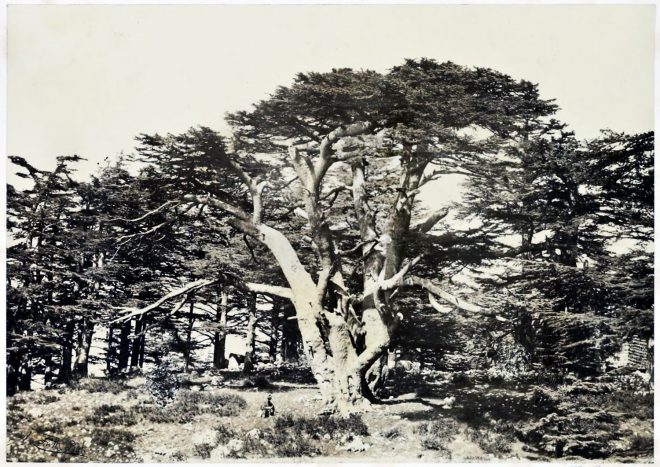The Koranna (also Kora, Korana) were a population group in today’s South Africa until the 19th century.
Maltese and Spanish lace. Silk and gold thread embroidery on black lace.
Illustrations of Maltese and Spanish lace. Flounce of embroidered lace. Example of silk and gold thread embroidery on black lace.
Bethlehem. The Grotto of the Nativity. The Chapel of the Innocents.
On the opposite side of the grotto there is an altar (seen on the right hand in the drawing), where it is said the magi of the East.
The only of the Egyptian god Ammon extant, with the Ram’s head.
This figure of the Egyptian god Ammon, being a monument of considerable importance in the history of the art
Bethlehem. Historical views and description of its sites.
The town of Bethlehem and its surroundings depicted and described in the travelogues of David Roberts and Luigi Mayer in the 19th century.
The origin of the coiffure à la Fontanges under Louis XIV.
Ladies of high standing in the transition from the 17th to the 18th century, after rare coloured copper engravings of that period. Female fashion of the baroque in the 17th and 18th century.
The Approach to the Island of Philae, Egypt, from the North.
The Approach to Philae is one of the few views which a photograph can render without, perhaps, greatly detracting from its artistic fame.
Distant view of Damascus, from the village of Salihiye. Syria.
The elevation, shortly after the traveler leaves the village of Salihiyeh being sufficient to give him a splendid range of vision.
Convent of Mar Saba. The Holy Laura of Saint Sabbas. Palestine.
Mar Saba, the Sabas Monastery, Saint Laura of Saint Sabbas, is a Greek Orthodox monastery in the Kidron Valley in the Judah Desert, 12 km east of Bethlehem.
The largest of the cedars of Lebanon. Mount Lebanon.
View of the entire grove of “The Cedars.” The tree now represented is, upon the whole, the noblest of the ten or twelve “venerables” now standing.




